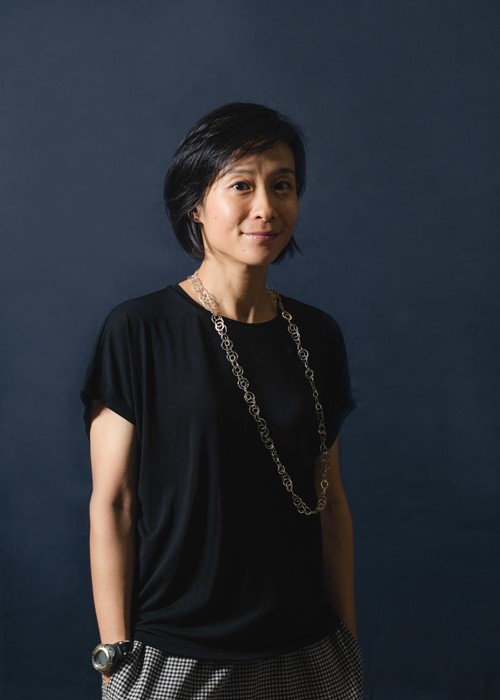Simone Shu-Yeng CHUNG (Dr)
Assistant Professor
Simone Shu-Yeng Chung is Assistant Professor at the Department of Architecture, National University of Singapore. She holds a Ph.D. in Architecture and M.Phil. in Screen Media and Cultures from the University of Cambridge, and M.Sc. in Advanced Architectural Studies from the Bartlett School of Graduate Studies, University College London. She was a British Rome Scholar in Architecture (2002/03), AHRC National Institute of Humanities (Japan) Fellow at the Nichibunken, Kyoto (2012), and presently, Japan Foundation Asian Center Fellow (2019). After completing her studies at the Bartlett School of Architecture, UCL, and the Architectural Association, she practiced as a chartered architect in London. Her research interests reside in the synergistic potential offered by the moving image medium to architecture and urban studies, and issues pertaining to contemporary culture, conservation and intangible heritage in Asia.
She is Principal Investigator for the MOE Tier 1 AcRF project Deciphering the Spatial Rhetorics of Millennial Nomads (2019-2020), her Start-up Grant Articulating Spatial Cultural Ontologies (2017-2020) at NUS School of Design and Environment, and International Co-Investigator on the UK Arts and Humanities Research Council funded project Cinematic Musée Imaginaire of Spatial Cultural Differences or CineMuseSpace (2017-2019) at the Department of Architecture, University of Cambridge.
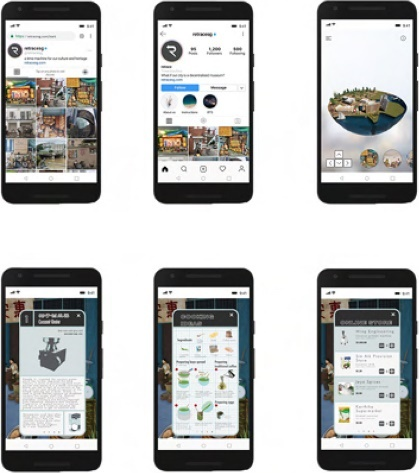
Simone Shu-Yeng Chung. 2024, March 23. 'Engaging Cities: From Urban Space to Media Interface'. MAB '23: Proceedings of the 6th Media Architecture Biennale Conference, June 2023, 47–57. DOI: 10.1145/3627611.3627616 This research paper considers the designer's agentic role in mediating the percolation of the digital into the built environment to produce new and transformative experiences incorporating mixed reality. The two speculative projects discussed reconfirm how our relationship with urban space has been irrevocably altered by digital affordance, through interpretation, interactions and interventions. They open up a dialogue on other alternatives to traditional notions and practices of media architecture. It stands to reason that now is the opportune time to enskill and empower designers to seize control of the technological ensemble, and exploit what the digital affords for new and meaningful uses.
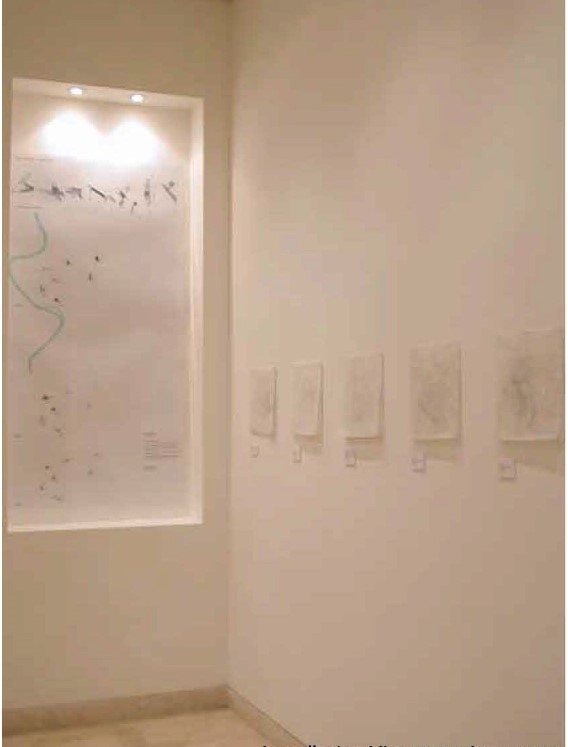
Dr Chung, along with several former Rome Scholar in Architecture recipients, were interviewed as part of the Building Design's series on The British School at Rome, showcasing the range of architects, urbanists and designers in British architectural practice from recent decades who have benefitted from the award.
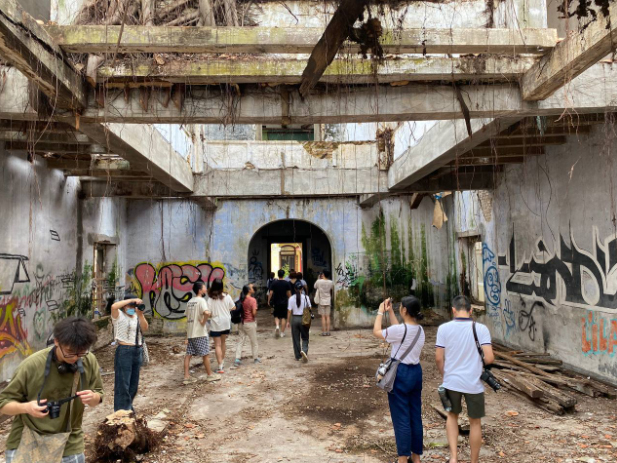
In early February, students from the AY 2022/23 Master of Architecture Options Design Studio II “The Alchemical Atelier” led by Dr Simone Shu-Yeng Chung and Ms Mary Ann Ng Yihui, and the Master of Arts in Architectural Conservation at the National University of Singapore, traveled to Melaka for a workshop at the Tun Tan Cheng Lock Centre for Asian Architectural and Urban Heritage. Using the camera as the prosthetic for sight and sound, the participating students learnt how to construct a narrative and communicate the specificities of the urban milieu with the moving image medium. Over four days and through completing three individual short exercises, the participants applied and sedimented their understanding of principles of storyboarding, elementary film grammar and basic film editing.
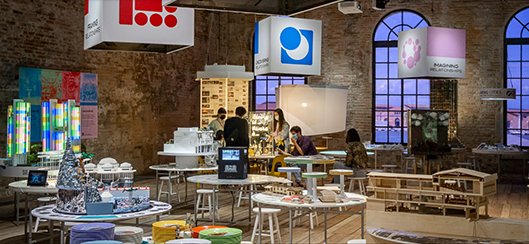
to gather: The Architecture of Relationships examines the different ways in which we share space - in the city, with one another, and with nature. The exhibition grew out of a desire to draw together stories on the ground. More than 80% of Singapore's population live in housing developed by the government. Given this context, relationships within and between communities living in public housing neighbourhoods are the bedrock upon which many collective actions emerge. These efforts, in turn, transform and reinvigorate the spatial environments they reference. In response to 'How will we live together?', the key question posed by Artistic Director Hashim Sarkis, the curatorial team highlighted modes of conviviality and inclusivity through the sixteen projects featured in the 2021 Singapore Pavilion that represented a cross-section of local cultures and society.

The Asian Cinema Research (ACR Lab) is a network of Asian cinema and media researchers working in Singapore and beyond. The ACR Lab aims to make Singapore the hub of film studies in Southeast Asia and to forge strong alliances with the world’s leading film studies institutions and film festivals.
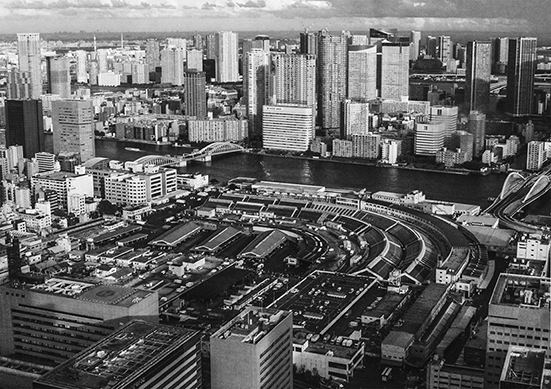
Simone Shu-Yeng Chung. 2020. 'RE/MAP 2.0 in Tokyo: drawing on local stories to draw out hidden realities', Visual Studies Journal. This article discusses the role of drawings in interdisciplinary visual research, especially the contribution of line drawings to investigative fieldwork. Citing precedents in Tokyo, the incorporation of sociological and ethnographic methods for architectural research is not new in Japan. RE/MAP 2.0, an exploratory workshop that brought participants from architecture and sociology together, uncovered the hidden realities of sub-metropolitan neighbourhoods in Central Tokyo affected by widespread urban restructuring in the lead up to Tokyo 2020. Locating this collaboration in the discourse of visual studies practice reinforces the importance of not only interdisciplinary exchanges but also for doing research inclusively.

Simone Shu-Yeng Chung, Mike Douglass (eds) Amsterdam University Press Publication Date: March 2020 With Singapore serving as the subject of exploration, this edited volume explores the purview of imaginative representations of the city. Alongside the physical structures and associated practices that make up our lived environment, and the conceptualised space engineered into material form by bureaucrats, experts and commercial interests, a perceptual layer of space is conjured out of people's everyday life experiences. While such imaginative projections may not be as tangible as its functional designations, they are nonetheless equally vital and palpable. The richness of its inhabitants' memories, aspirations and meaningful interpretations challenges the reduction of Singapore as a Generic City. Taking the imaginative field as the point of departure, the forms and modes of intellectual and creative articulations of Singapore's urban condition probe the resilience of cities, and the people who reside in them, through the images they convey or evoke as a means for collective expressions of human agency in placemaking.

International Co-Investigator, Department of Architecture, University of Cambridge Cinematic Musée Imaginaire of Spatial Cultural Differences (2017-2019) Funded by the Arts and Humanities Research Council UK, the CineMuseSpace project compares and contrasts spatial differences deeply embedded in the cinematic image in order to generate a greater level of understanding and engagement amongst different cultures. Central to the research is the construction of a cinematic ontology that will focus on representative films from both the Western [Europe/USA] and Eastern tradition [China/Japan] traditions. This ontology of spatial cultural differences has two focal points: (1) The ‘Everyday life’ examines everyday activities in everyday spaces, concentrating principally on the filmic representation of the home; and (2) ‘Architectural Elements’ explores the varying uses of the basic elements of architecture, such as windows, doors, stairs or walls.
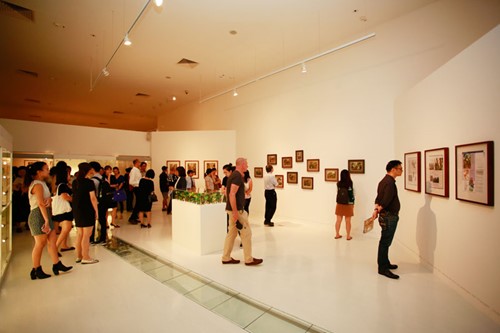
Exhibition Co-Conceptualiser, Collaborator and Researcher NUS Museum (March – September 2016) The collaboration between Chung, NUS Museum and Singapore artist Donna Ong sought to reinvigorate discussions on depictions of the tropics from Western sources in the nineteenth century: paintings and prints were carefully selected to highlight the various prejudices that influence a certain kind of aesthetics residing in ideations of the Straits and tropical biota. For art enthusiasts, it offered the artist’s an opportunity to share her thought processes and creative practice with a wider audience. Taking into account the museum’s pedagogic function, the resultant exhibition concurrently struck a dialogue with the Charles Dyce’s manuscript of original paintings in its holdings, to encourage them to be viewed afresh following content curation.
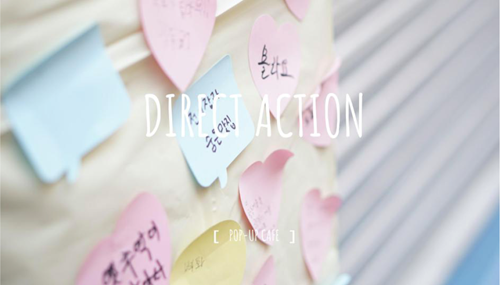
Principal Organiser and Workshop Tutor Changdong Art Village, Masan, South Korea The quirky Changdong Art Village in Old Masan forms the site of investigation for the AY201819 M.Arch.1 Options Studio _Future_Form_ in Semester 1. In collaboration with Assistant Professor Jinseok Park and several of his students from Kyungnam University’s Department of Architecture alongside local social activist support, the studio braved one of the coldest winters in South Korea’s recent history to conceptualise and realise a direct action in the form of a 3-hour pop-up café in the Village. Tempting passersby with free coffee and makgeolli in exchange for answering short questions about Changdong on post-its, the intervention revealed the heartfelt views of visitors and aspirations of former and current residents for their city.

Principal Investigator, School of Design and Environment, NUS Deciphering the Spatial Rhetorics of Millennial Nomads (2019-2020) This research project, supported by an MOE AcRF Tier 1 grant, proposes a human-centred approach to understanding the formation and management of a multi-mobile millennial nomad’s identity and spatial practices in the private domain, urban environment and the digital realm. It pursues insights into how this globally dispersed group of highly mobile and peripatetic individuals between their twenties and mid-thirties maintain a multi-dimensional and deeply interconnected existence. Furthermore, we will be scrutinise the role of digital and technological affordances in relation to human agency, by how these are deftly applied for scripting the spatial narrative of a millennial nomad in the contemporary milieu.
